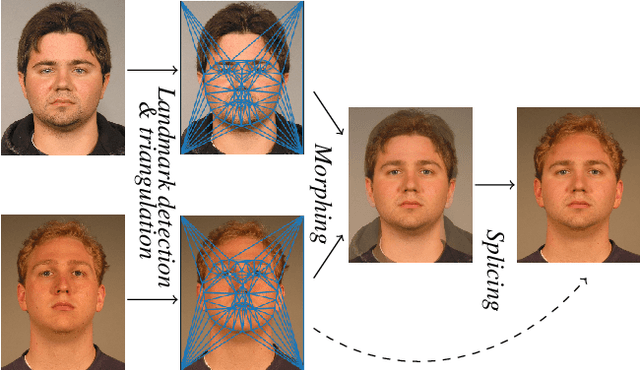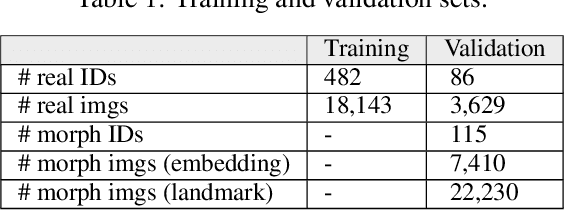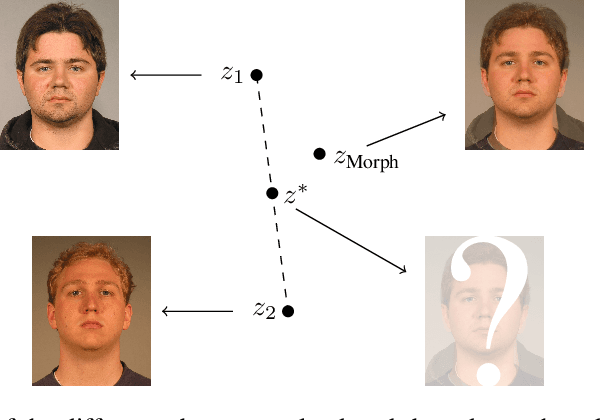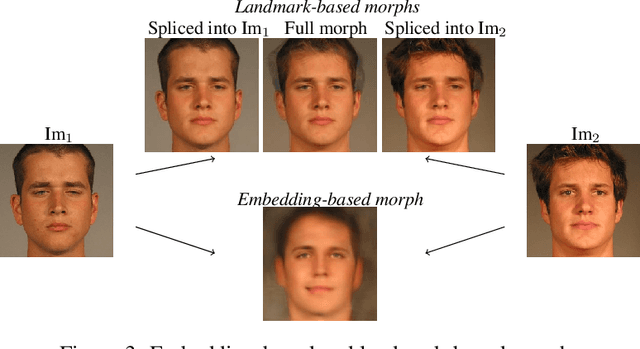Una M. Kelly
Estimating Canopy Height at Scale
Jun 03, 2024



Abstract:We propose a framework for global-scale canopy height estimation based on satellite data. Our model leverages advanced data preprocessing techniques, resorts to a novel loss function designed to counter geolocation inaccuracies inherent in the ground-truth height measurements, and employs data from the Shuttle Radar Topography Mission to effectively filter out erroneous labels in mountainous regions, enhancing the reliability of our predictions in those areas. A comparison between predictions and ground-truth labels yields an MAE / RMSE of 2.43 / 4.73 (meters) overall and 4.45 / 6.72 (meters) for trees taller than five meters, which depicts a substantial improvement compared to existing global-scale maps. The resulting height map as well as the underlying framework will facilitate and enhance ecological analyses at a global scale, including, but not limited to, large-scale forest and biomass monitoring.
Worst-Case Morphs using Wasserstein ALI and Improved MIPGAN
Oct 13, 2023



Abstract:A morph is a combination of two separate facial images and contains identity information of two different people. When used in an identity document, both people can be authenticated by a biometric Face Recognition (FR) system. Morphs can be generated using either a landmark-based approach or approaches based on deep learning such as Generative Adversarial Networks (GAN). In a recent paper, we introduced a \emph{worst-case} upper bound on how challenging morphing attacks can be for an FR system. The closer morphs are to this upper bound, the bigger the challenge they pose to FR. We introduced an approach with which it was possible to generate morphs that approximate this upper bound for a known FR system (white box), but not for unknown (black box) FR systems. In this paper, we introduce a morph generation method that can approximate worst-case morphs even when the FR system is not known. A key contribution is that we include the goal of generating difficult morphs \emph{during} training. Our method is based on Adversarially Learned Inference (ALI) and uses concepts from Wasserstein GANs trained with Gradient Penalty, which were introduced to stabilise the training of GANs. We include these concepts to achieve similar improvement in training stability and call the resulting method Wasserstein ALI (WALI). We finetune WALI using loss functions designed specifically to improve the ability to manipulate identity information in facial images and show how it can generate morphs that are more challenging for FR systems than landmark- or GAN-based morphs. We also show how our findings can be used to improve MIPGAN, an existing StyleGAN-based morph generator.
A Face Recognition System's Worst Morph Nightmare, Theoretically
Nov 30, 2021



Abstract:It has been shown that Face Recognition Systems (FRSs) are vulnerable to morphing attacks, but most research focusses on landmark-based morphs. A second method for generating morphs uses Generative Adversarial Networks, which results in convincingly real facial images that can be almost as challenging for FRSs as landmark-based attacks. We propose a method to create a third, different type of morph, that has the advantage of being easier to train. We introduce the theoretical concept of \textit{worst-case morphs}, which are those morphs that are most challenging for a fixed FRS. For a set of images and corresponding embeddings in an FRS's latent space, we generate images that approximate these worst-case morphs using a mapping from embedding space back to image space. While the resulting images are not yet as challenging as other morphs, they can provide valuable information in future research on Morphing Attack Detection (MAD) methods and on weaknesses of FRSs. Methods for MAD need to be validated on more varied morph databases. Our proposed method contributes to achieving such variation.
 Add to Chrome
Add to Chrome Add to Firefox
Add to Firefox Add to Edge
Add to Edge